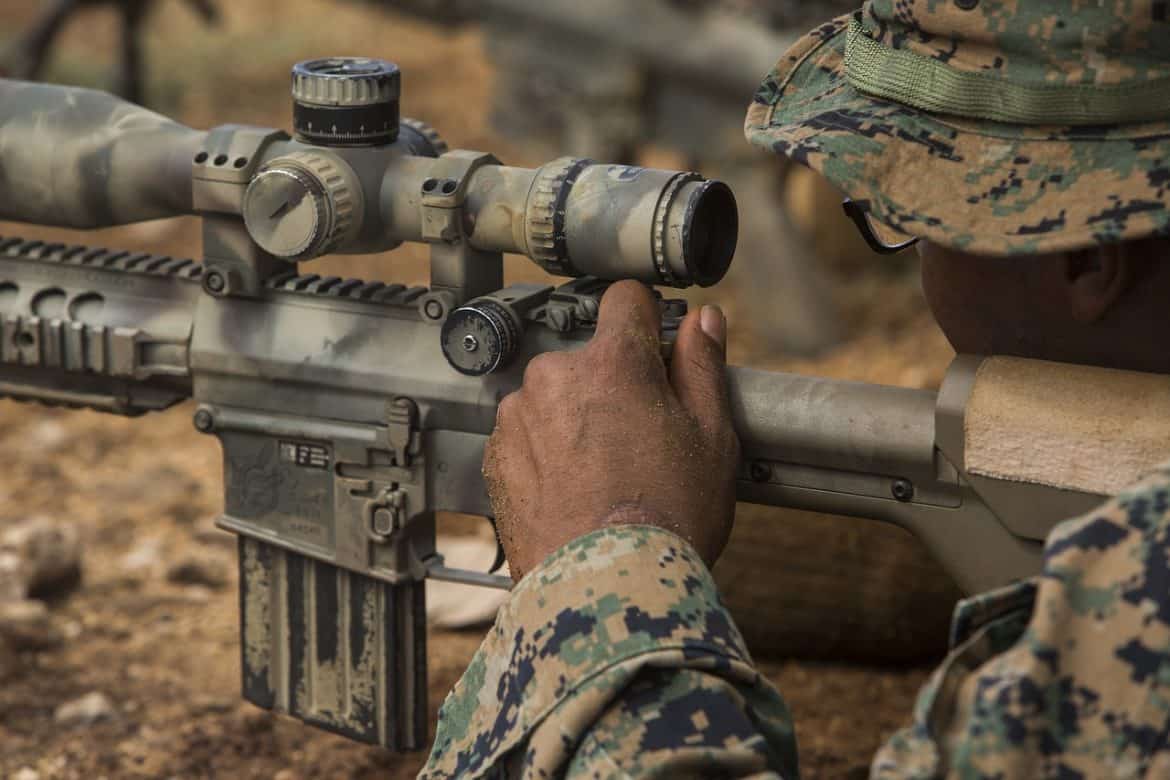When you’re in a sudden SHTF situation, a lot of things will probably go through your mind. Have you prepared enough? Do you have enough food? Does your family have enough protection? Do you have a plan? Will you survive? One of the most important things to consider if ever caught in a survival situation […]
Category: Gunsmithing | Cleaning
How to install an AR-15 Dust Cover
This AR-15 Dust Cover Install was not hard. While I have made a bunch of AR-15 lowers, I never attempted an upper build because I thought it was hard. Once I did it I found out it was pretty easy. You don’t need much in the way of tools. All you really need is […]
Installing an AR-15 Forward Assist into a Stripped Upper
Installing an AR-15 Forward Assist into a Stripped Upper is pretty simple. You don’t need much more than the parts a small punch and a hammer. A file makes it easier, but it is not strictly necessary. One thing to look out for when installing the forward assist is that it only works one way. […]
Installing an AR-15 Single Point Sling Mount
In this post I will show how I go about Installing an AR-15 Single Point Sling Mount. This is an easy project that a new AR-15 owner can complete with little experience. I think it is an easy thing to add to the gun, and even if you don’t always use a single point sling […]
Installing a YHM Spectre Two Piece AR-15 Gas Block
Two part gas blocks are not needed in the majority of instances, they are more complicated and a little more expensive than the standard gas blocks. However, sometimes they serve a purpose. Today I need to install a YHM Spectre Two Piece AR-15 Gas Block because I plan on permanently attaching a large flash […]





